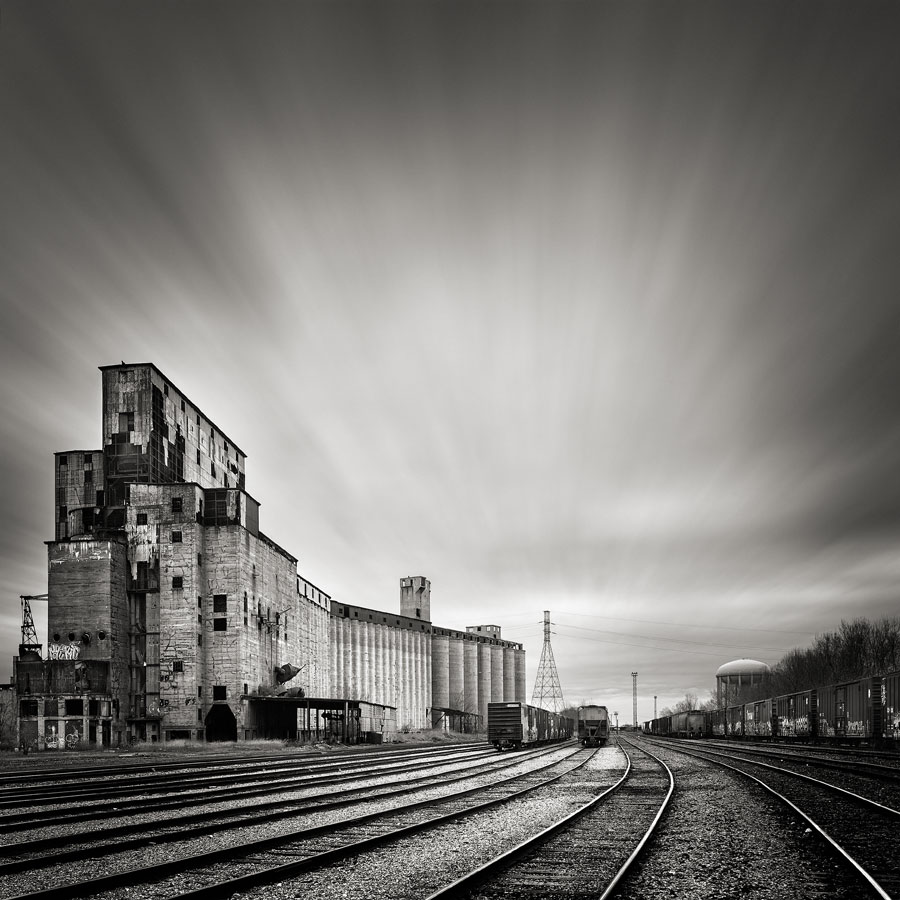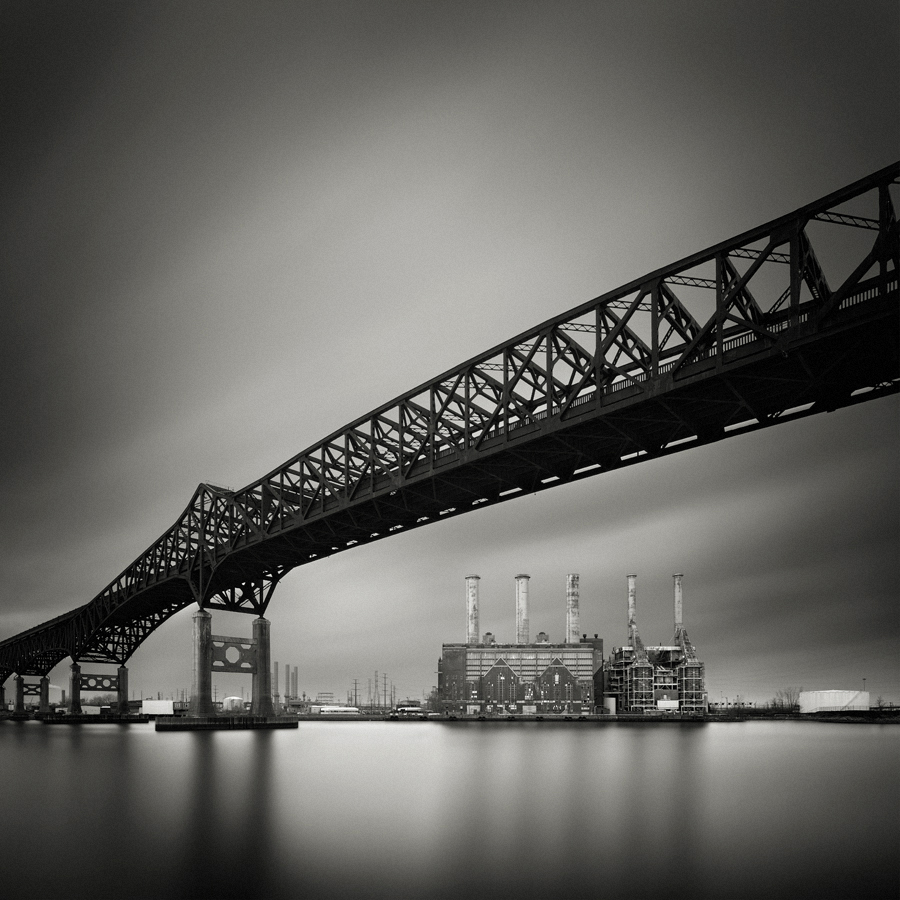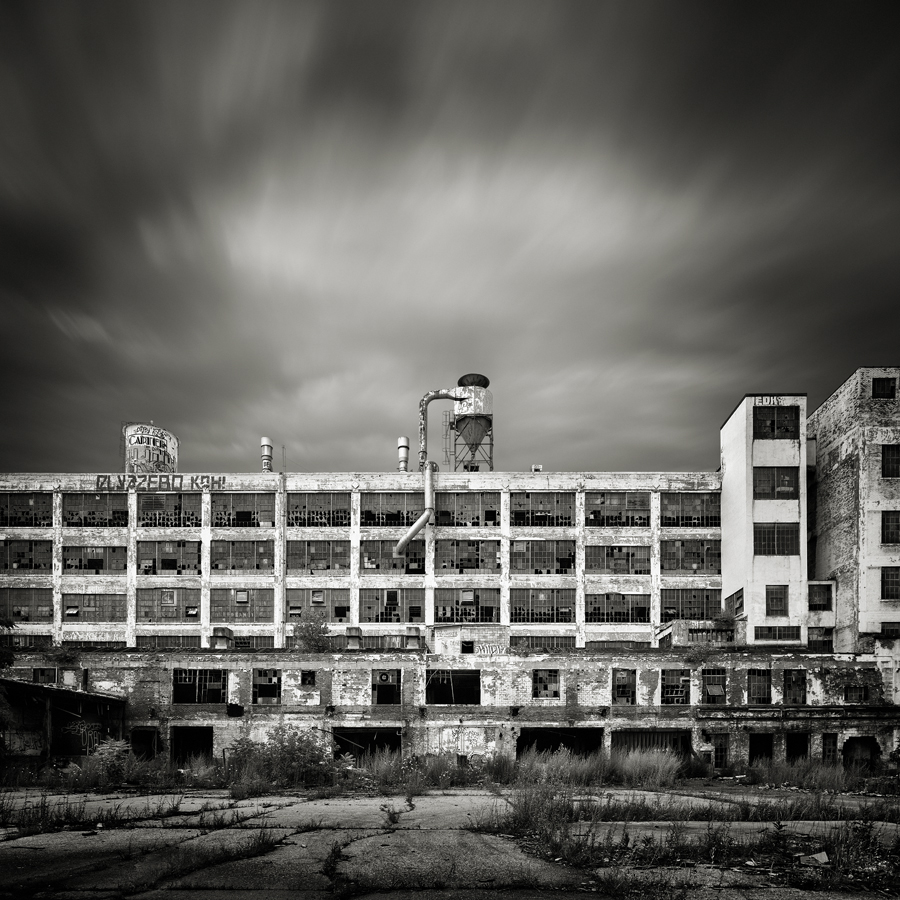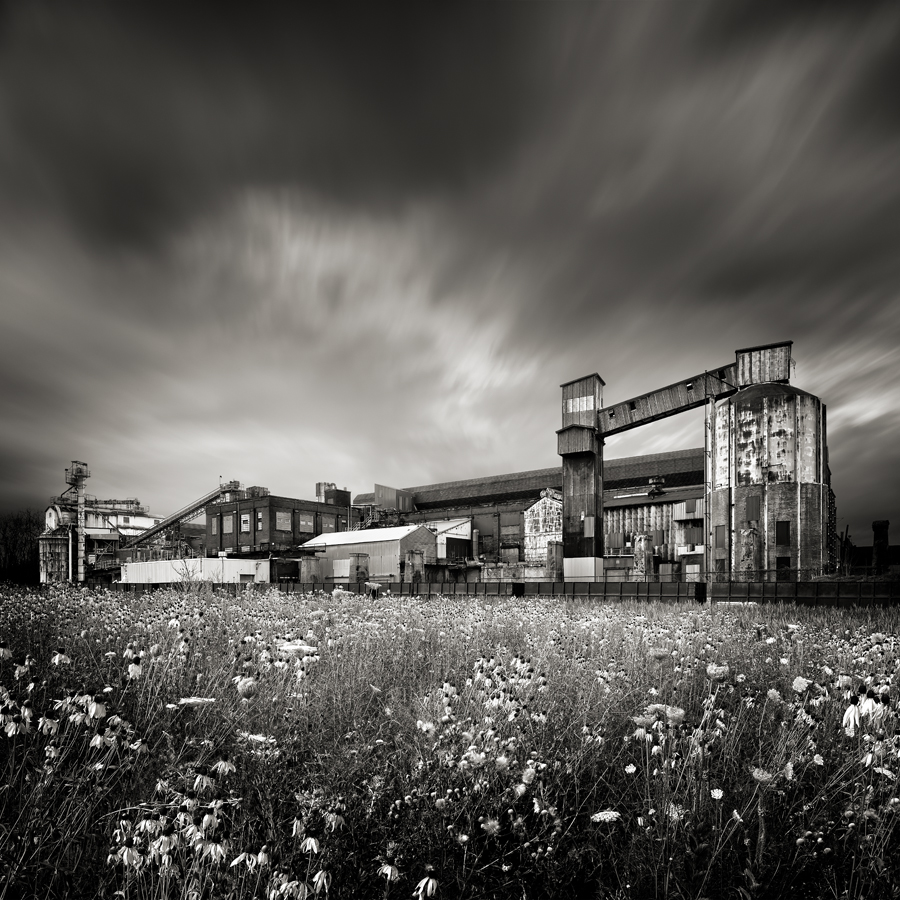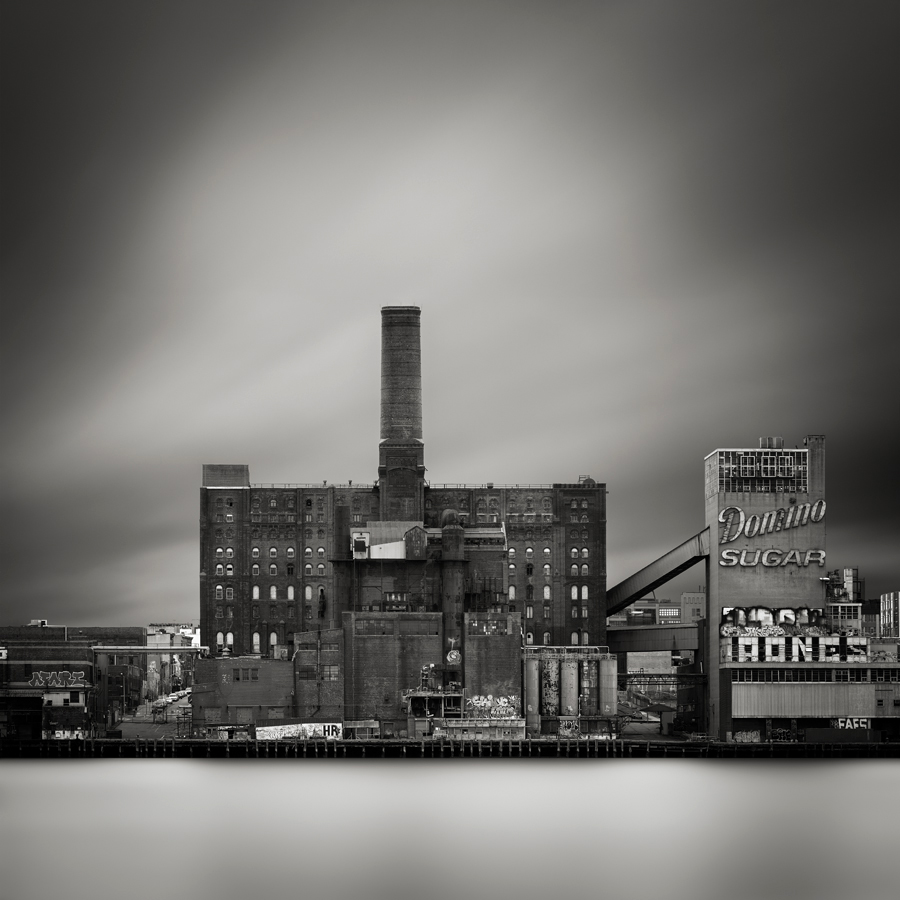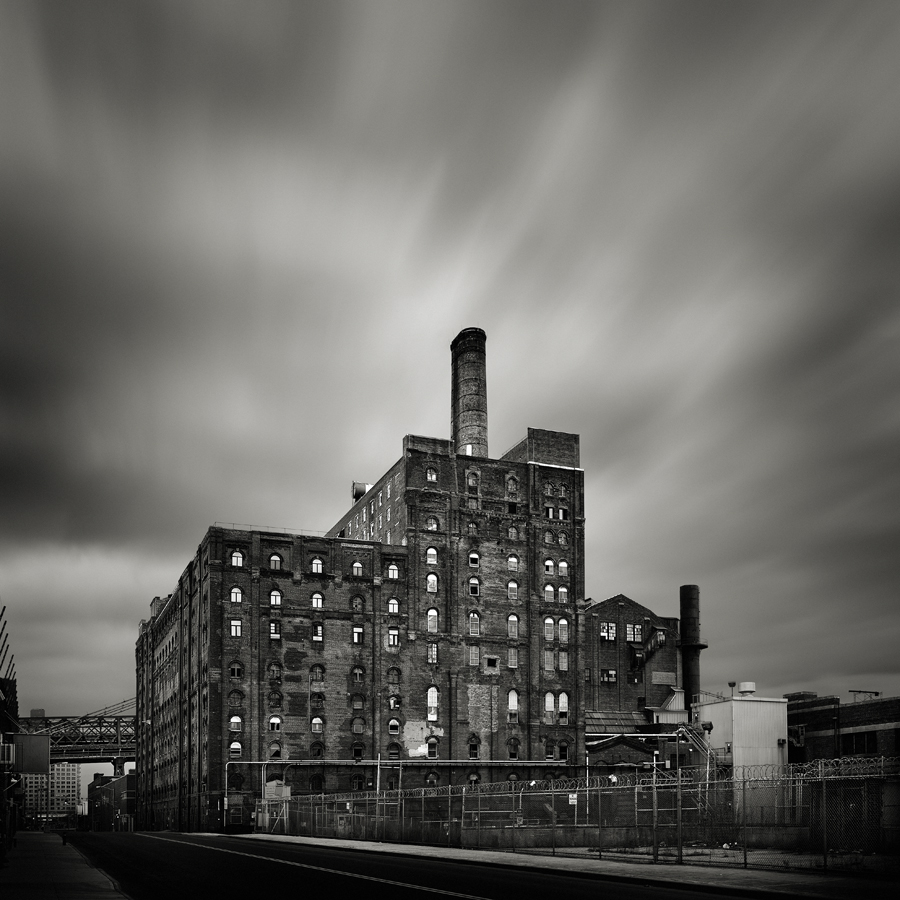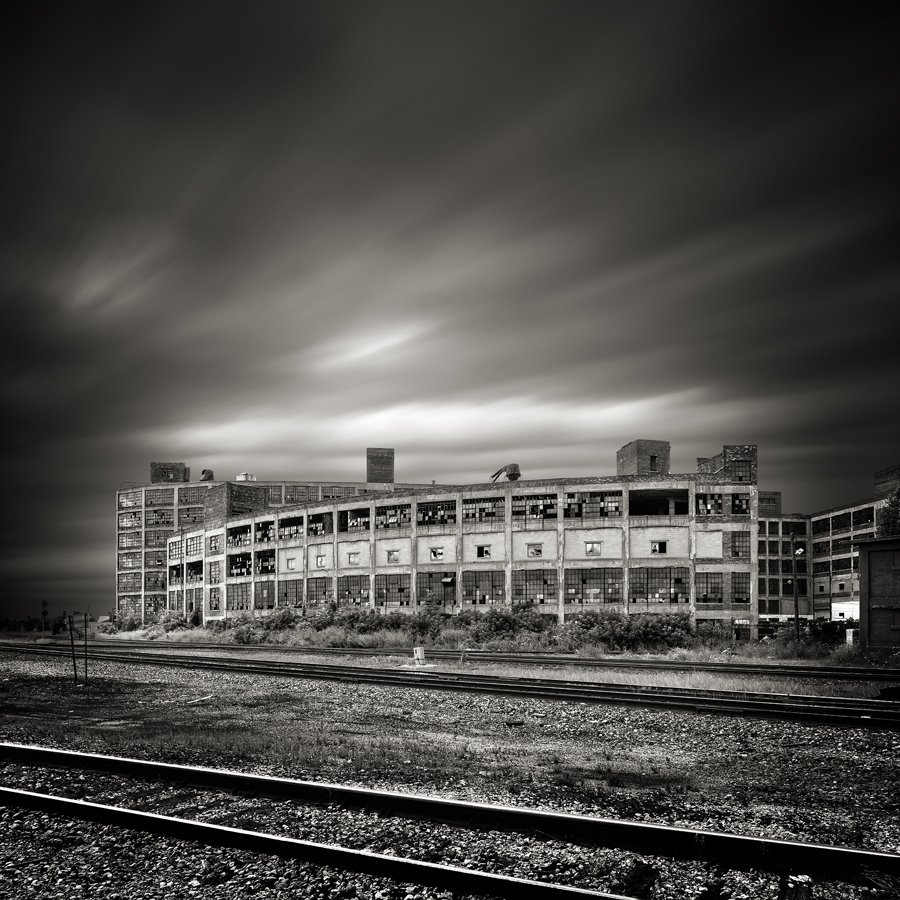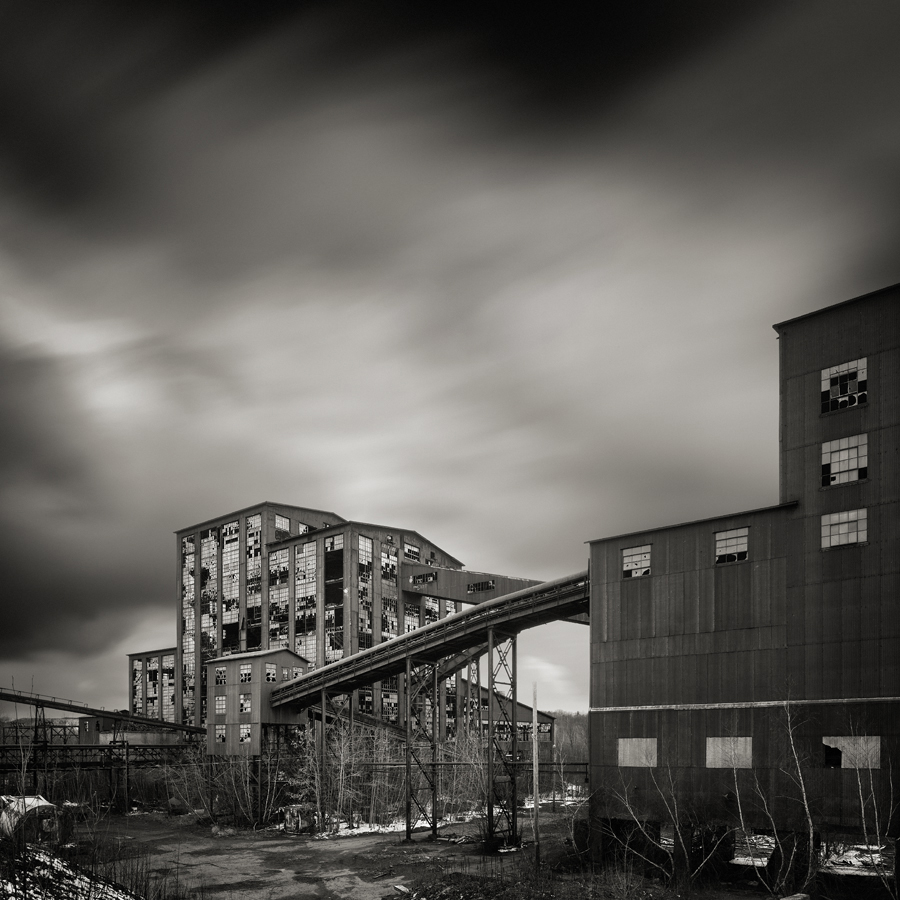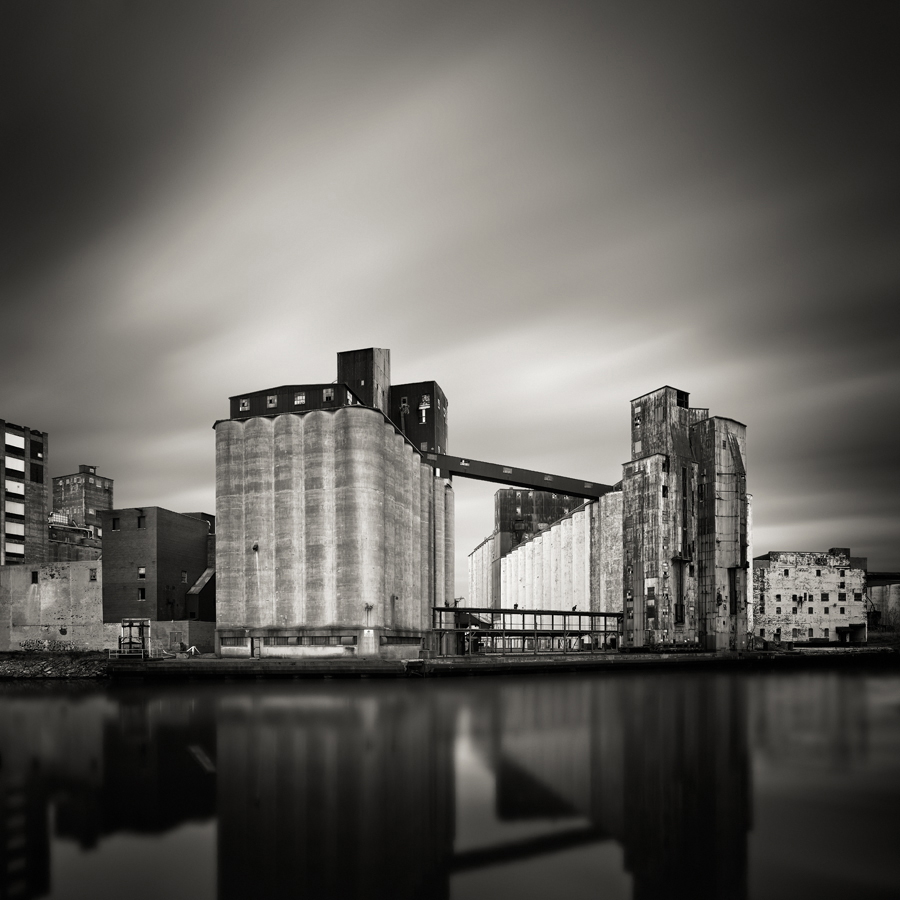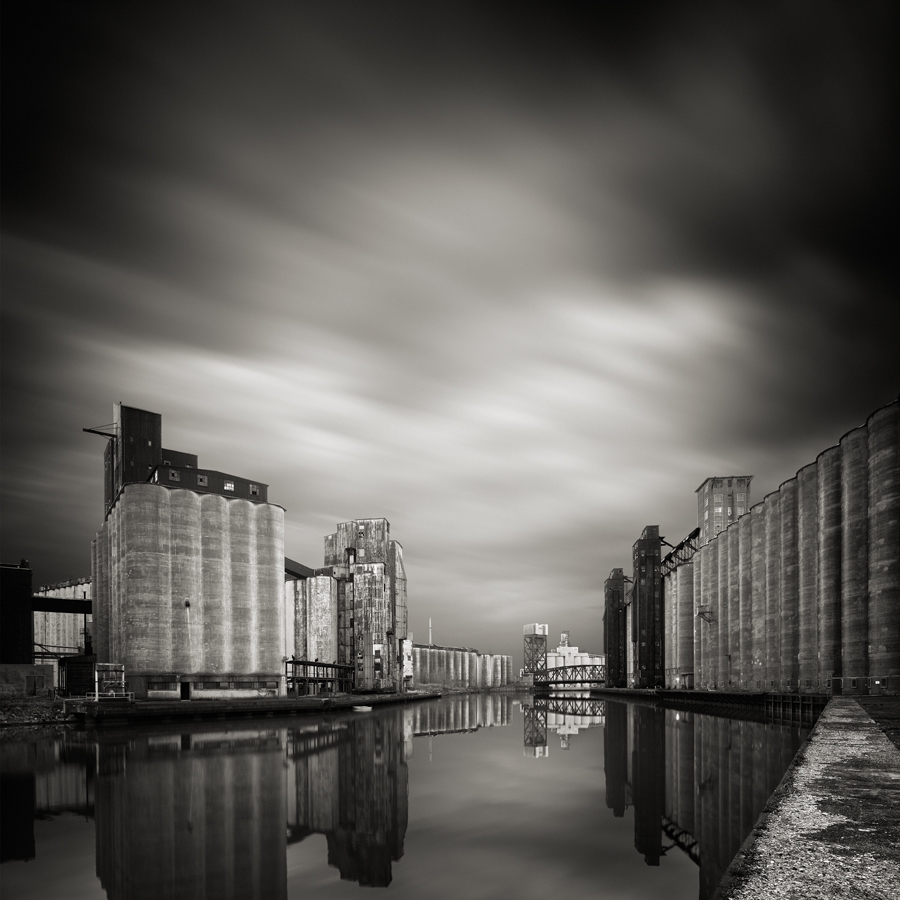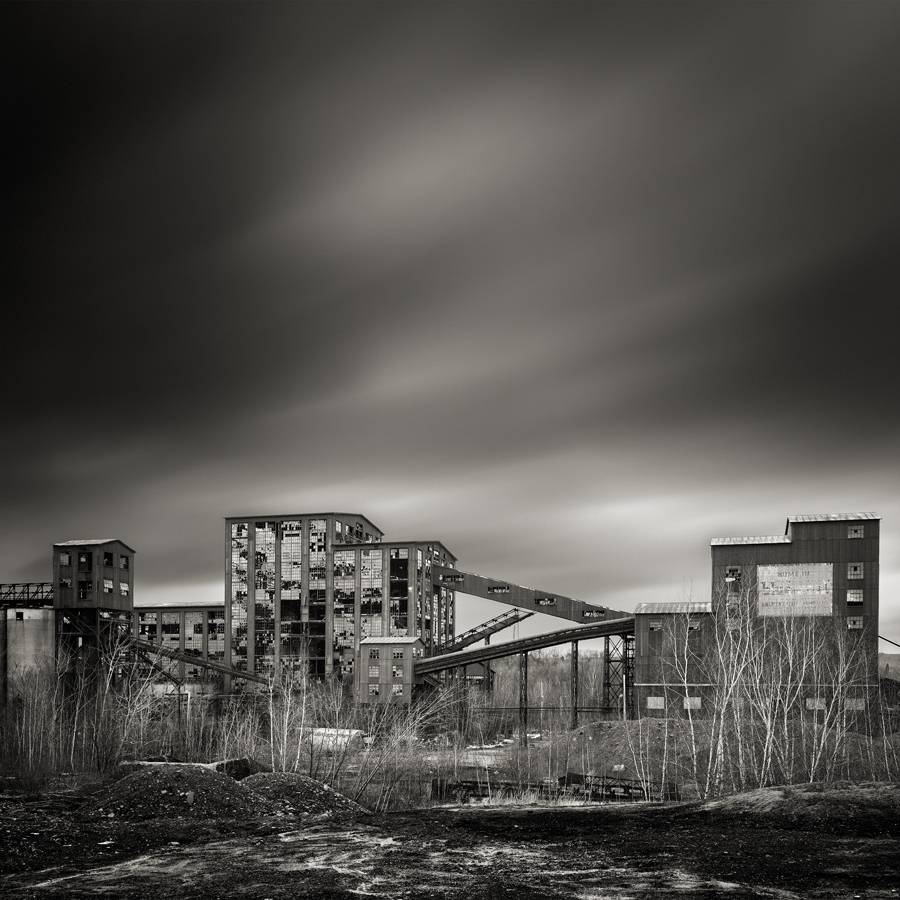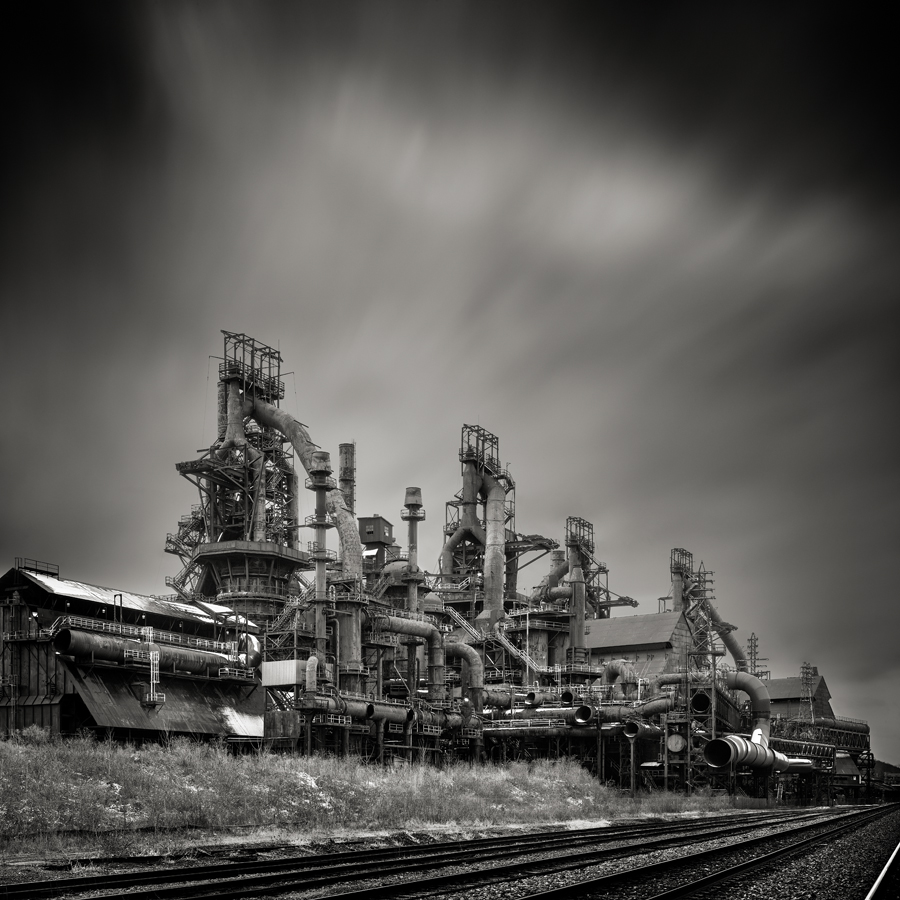I’ve been a commercial and fine art photographer for over 25 years. The beginning came in 1988 with a Bachelor of Arts degree from Brooks Institute. I guess you could say that I have a pretty extensive technical background, which certainly helps when you’re a commercial photographer. Being a sound technician gives me the freedom to express myself photographically. I believe in the importance of technical excellence.
For me, the capture is just the starting point; it’s what I do in post production that completes my vision. Merely documenting what I see doesn’t interest me. By not allowing the camera alone to portray what I feel, I’m able to create a new mood; an atmosphere that did not previously present itself. After a thoughtful approach to my subject with the camera, I now have the canvas with which to work. In other words, I don’t rely on circumstance to dictate the final outcome of my photographs. Instead, the process of image making is a two fold endeavor. The initial capture must be as good as possible, and the style I incorporate in post production must be tastefully executed in order for that image to be successful.
My philosophical approach to photography is simply that I strive to create beautiful images. It doesn’t begin with some internal message that I want to express. There is no “deep psychological meaning” in my photographs that I’m consciously aware of; it’s a natural process, where I rely on my instincts to take control. I typically head off in the direction that I want to photograph, and find what interests me. I don’t let politics enter into my thoughts when I’m out taking photographs. There are no hidden agendas or social statements. My photographs are free of ideology.
Over the years I’ve managed to put together a rather eclectic collection of images; a result of not wanting to do the same thing over and over again. Photography today, is becoming increasingly specialized. This is problematic for me, as I like to explore different approaches and styles in my work. It’s difficult for me to imagine putting restrictions on myself by photographing only in black and white, or only in color. I would never want to limit myself to shooting in only one format. There are so many different and interesting subjects in the world, and my curiosity to explore new approaches and places is what motivates me.
It’s important to me to think of my photography as a body of work. Consistency is the goal; each image is as important as the next.
A current project that I’ve been working on over the past few years is a series called American Deindustrialization. All along the American Rust Belt are rapidly disappearing relics of Americas Industrial past. I’m intrigued by these abandoned buildings. They beg the questions, what happened? Why have they been abandoned? Who worked here? Where did all the people go? What intrigues me most of all is the architecture. The building shapes are so unique. They don’t design structures like that anymore. I prefer to photograph them in black and white and on overcast days. This gives me the mood that I feel is appropriate for what I want to convey.
My subjects of decay may be perceived by many to be ugly. It is sad when you see what’s become of these buildings. Their time has indeed passed. For me, I’m drawn to the beauty of the architecture. That combination of decay and beautiful architecture is visually fascinating to me. Creating beautiful images from these two dichotomies is my goal. [Official Website]



